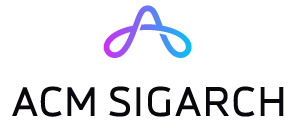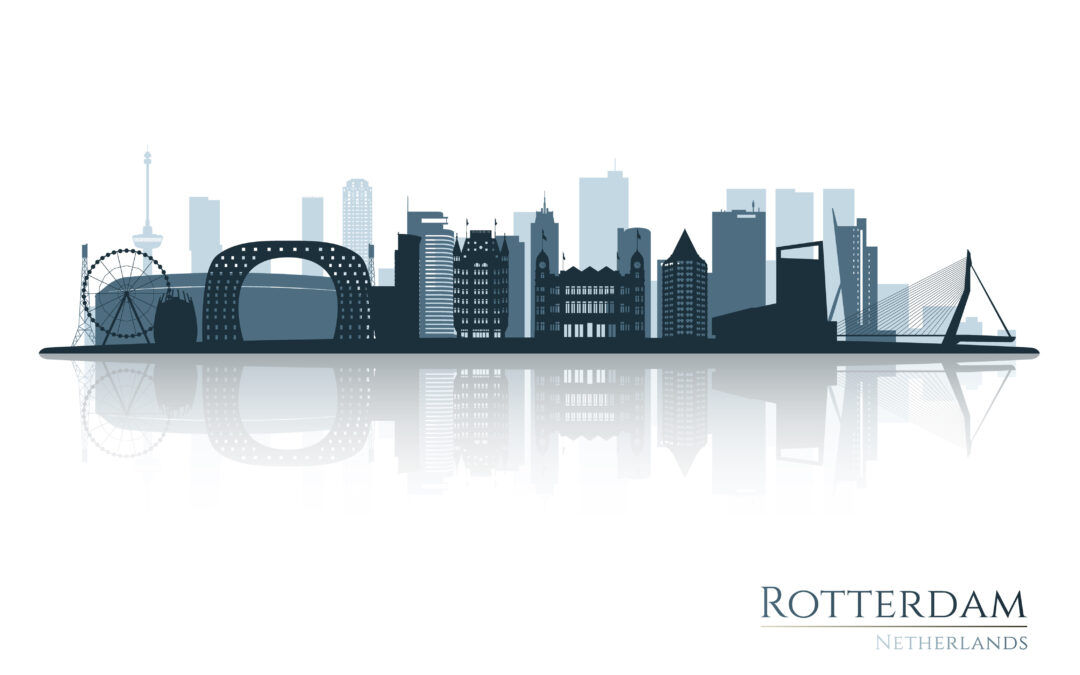Prologue
ASPLOS 2025 just wrapped up, and I’m still carrying the energy from an unforgettable week in Rotterdam, Netherlands. With its striking skyline, bold architecture, and dynamic urban design, the city feels like a living symbol of innovation and resilience. The week was both energizing and rewarding, filled with cutting-edge research, meaningful conversations, and the opportunity to explore a vibrant cultural setting.

Conference Venue, Postillion Hotel and Convention Center WTC Rotterdam
Workshops and Tutorials
ASPLOS, as always, delivered a strong program that bridged multiple layers of the computing stack, from low-level architectural innovations to real-world systems and language design. It’s one of the few conferences where the interdisciplinary nature isn’t just a feature; it’s the point. This year marked a significant milestone for the community, as ASPLOS was held for the first time in conjunction with EuroSys. This unique joint event brought together two leading systems communities, fostering a dynamic, interdisciplinary environment that encouraged broader discussions and new opportunities for collaboration across closely related fields. The outcome was not only a wider range of topics and conversations but also a record-breaking turnout: 1,111 registrations, the highest in ASPLOS history.
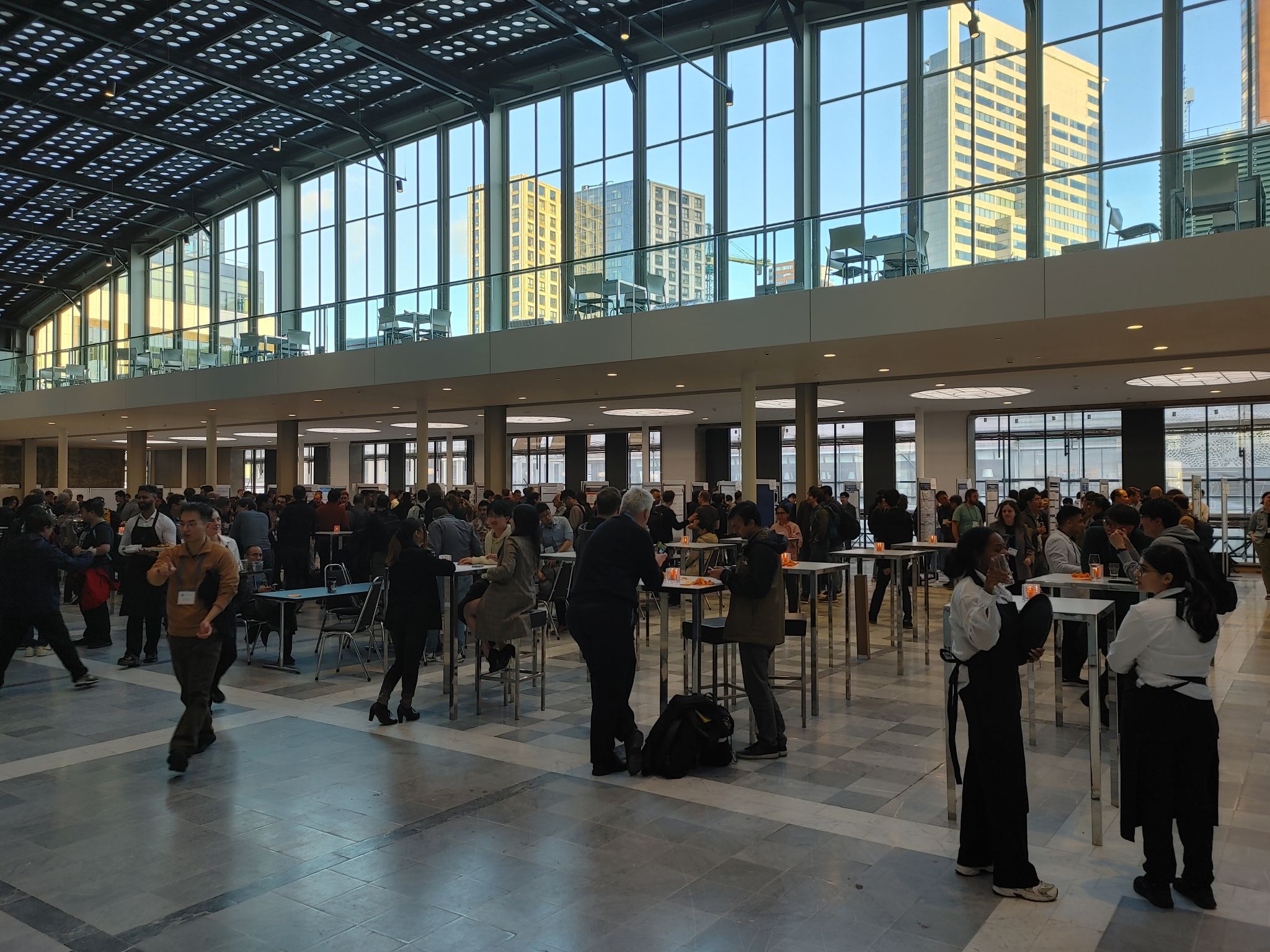
Hallway at the Conference Venue
The week began with a series of pre-conference workshops and tutorials on Sunday, March 30, and Monday, March 31, setting the tone for the rich technical discussions that would follow. The workshops offered a space to explore emerging topics in depth, featuring a wide range of themes that reflected both long-standing research directions and rapidly emerging areas of interest. Topics spanned edge and cloud computing, AI and ML systems and accelerator, ML workloads, ML-based software development, storage systems, transformer model serving, composable and disaggregated systems, OS for connected intelligence, user-schedulable languages, secure and verifiable infrastructure, encrypted AI, sustainable computing, novel PIM architecture, and systems for decentralized workloads. In parallel, the tutorial track offered high-quality instruction on foundational and advanced topics across RISC V for architecture research, hardware-software affinity, quantum computing, python-based compilers, AWS Trainium for NKI, reality testbed, agile hardware specialization, OpenHarmony OS, CXL, open-source infrastructure for FPGAs, and LLM infrastructure. Together, the workshops and tutorials provided a strong intellectual launchpad for the rest of the week and helped build momentum leading into the main program.
Keynote Talks

Keynote #1, Has Machine Learning for Systems Reached an Inflection Point? by Martin Maas
The main program officially began on April 1, kicking off with two high-impact keynotes. Martin Maas of Google DeepMind opened with a provocative and forward-looking talk titled “Has Machine Learning for Systems Reached an Inflection Point?” Drawing from developments across both academia and industry, he reflected on how machine learning is no longer just a tool for optimizing specific system components but is evolving into a foundational method for designing, managing, and reasoning about entire systems. More importantly, Martin’s talk offered a roadmap for how architecture and systems researchers can engage with and contribute to this shifting landscape, highlighting opportunities to rethink the architecture of ML-enabled systems, reimagine hardware/software co-design methodologies, and explore the new system-level challenges and capabilities that machine learning continues to unlock.
Following this year’s award ceremony, Gernot Heiser from UNSW Sydney delivered another compelling keynote titled “Will We Ever Have Truly Secure Operating Systems?” He unpacked the technical and organizational barriers that have long hindered efforts toward provable OS security, with a particular focus on the practical difficulties of deploying the seL4 microkernel in real-world systems. As a concrete step forward, he introduced LionOS, a new seL4-based operating system tailored for the embedded and cyber-physical systems domain, as an effort that combines security guarantees with practical design principles. This OS represents more than just an engineering milestone; it offers a promising prototype for future security research, especially in contexts where strong guarantees are critical but legacy complexity can be avoided.
Award Ceremony
The combined ASPLOS + EuroSys 2025 award ceremony took place between the two opening keynotes on the first day, offering a moment to celebrate the achievements and contributions of researchers, reviewers, and community members across both conferences. In ASPLOS, six papers were selected for the Best Paper Awards. The session also honored two papers of the ASPLOS Influential Paper Award: “PowerNap: Eliminating Server Idle Power”, ASPLOS 2009 and “Unikernels: Library Operating Systems for the Cloud”, ASPLOS 2013. In addition, Distinguished Reviewers from ASPLOS 2025 were recognized for their critical role in maintaining the quality and rigor of the program. The session also highlighted the recipients of the Artifact Evaluation Awards, honoring efforts to promote transparency, reproducibility, and openness in systems research. Finally, the winners of the ASPLOS + EuroSys 2025 Contest were announced. This year’s contest, supported by Google and Amazon, challenged participants to solve two real-world AI programming problems (#1, #2).
Main Program
The first main technical session began on the afternoon of the first day, following the day’s lunch and the two opening keynotes. From that point forward, the technical program ran in parallel across six halls for the full three days, reflecting the scale and richness of the co-located ASPLOS and EuroSys communities. The sessions on the first day concentrated on some of the most active and fast-evolving areas in both computer architecture and systems, including systems for LLMs, homomorphic encryption, modern kernel designs, fair resource allocation in cloud platforms, machine learning acceleration, quantum computing, and edge computing.
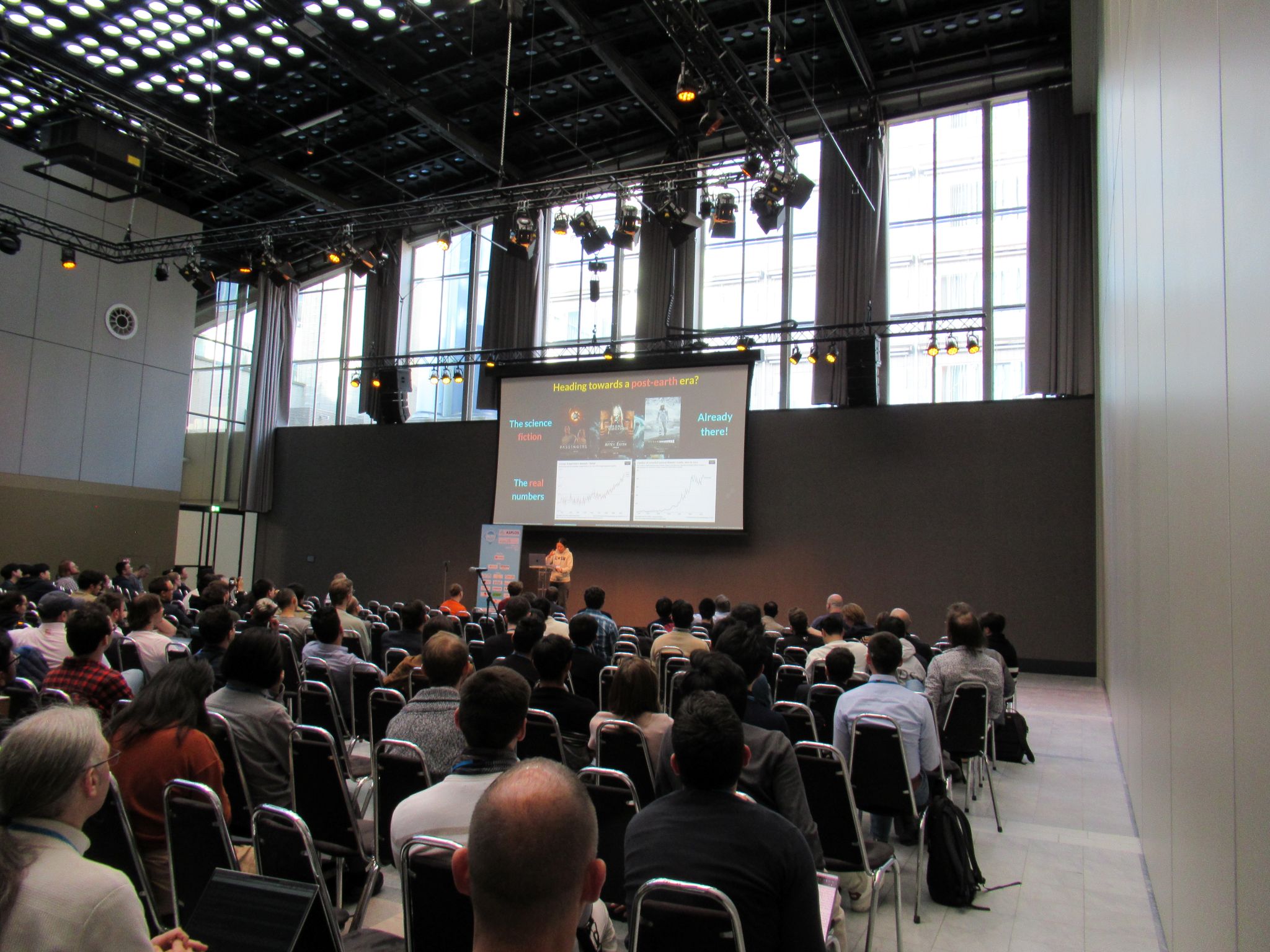
WACI (Wild and Crazy Ideas) Session
After the afternoon’s technical sessions, the first day concluded with a signature event that has become a tradition at ASPLOS: the Wild and Crazy Ideas (WACI) session and the conference business meeting. The WACI session offered a refreshing shift in tone, featuring bold, unconventional, and sometimes deliberately provocative ideas that aimed to stretch the imagination of what systems and architecture research could be. Following that, the business meeting started celebrating the highest registration count in ASPLOS history. It provided a behind-the-scenes look at the organization and direction of the conference, including updates on future venues, program trends, and community discussions.
The second day of the main program highlighted the evolving role of machine learning in today’s systems research. Across both ASPLOS and EuroSys, sessions in two of the largest halls were mostly dedicated to six distinct ML systems sessions, covering topics such as Mixture-of-Experts (MoE) models, LLMs, other ML systems, and ML system security. This concentration of content underscored the growing importance and breadth of ML-related research within the broader systems and architecture communities.
At the same time, the conference maintained its deep roots in computer architecture, addressing long-standing but continually influential challenges. Sessions explored a wide range of architectural topics, including microarchitecture, memory and storage systems, EDA tools, compiler design, GPU and graphics architectures, and other foundational hardware concerns. Beyond ML and architecture, the remaining sessions offered a diverse exploration of systems topics. Presentations covered areas such as autonomous driving platforms, networking, distributed systems, cloud infrastructure, performance analysis, system testing, and a variety of research domains captured in the potpourri session. The interactions between sessions remained active and engaging, with researchers frequently extending conversations into poster sessions and hallway discussions.
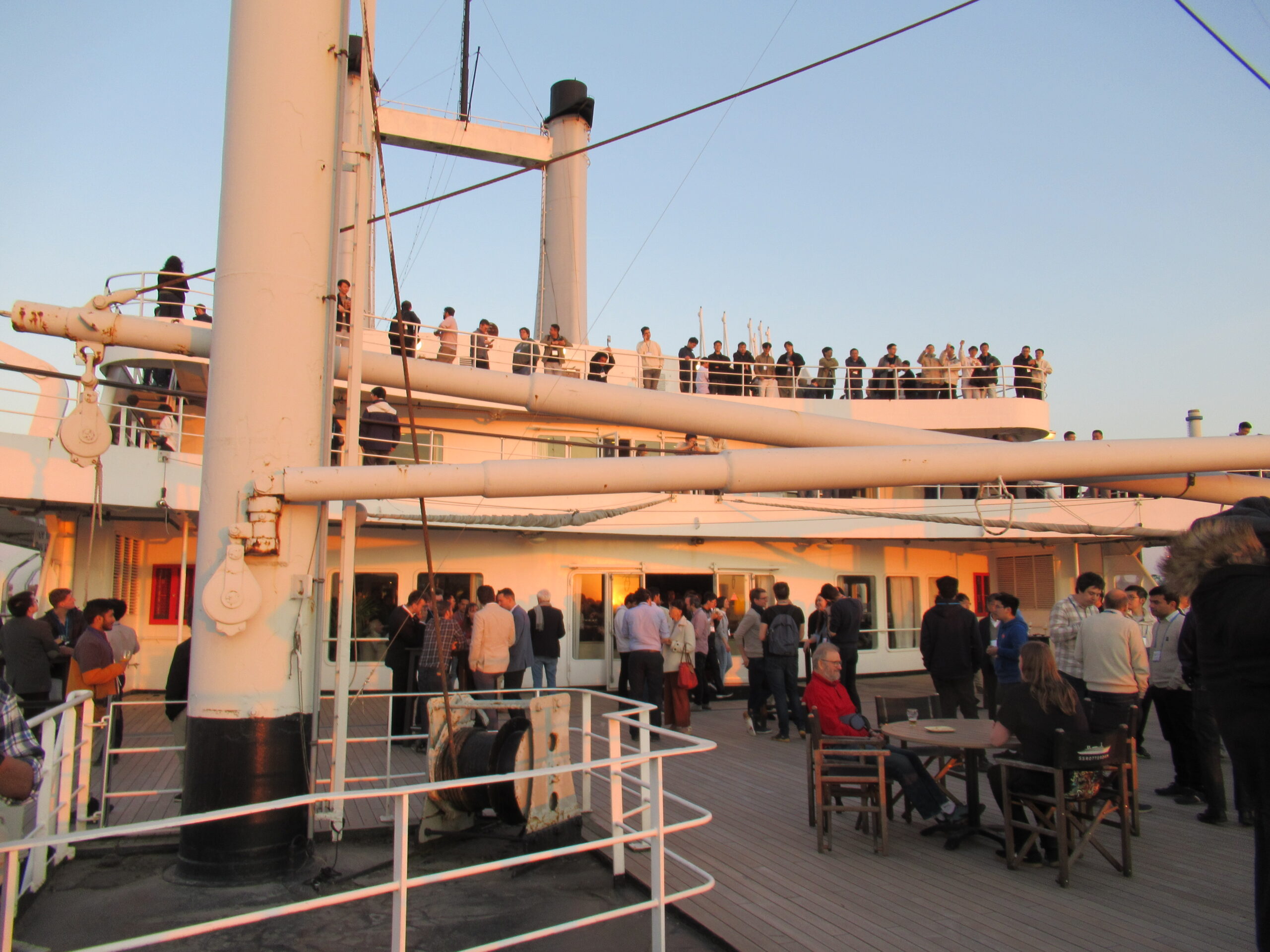
ASPLOS + EuroSys Banquet at SS Rotterdam – Photo #1
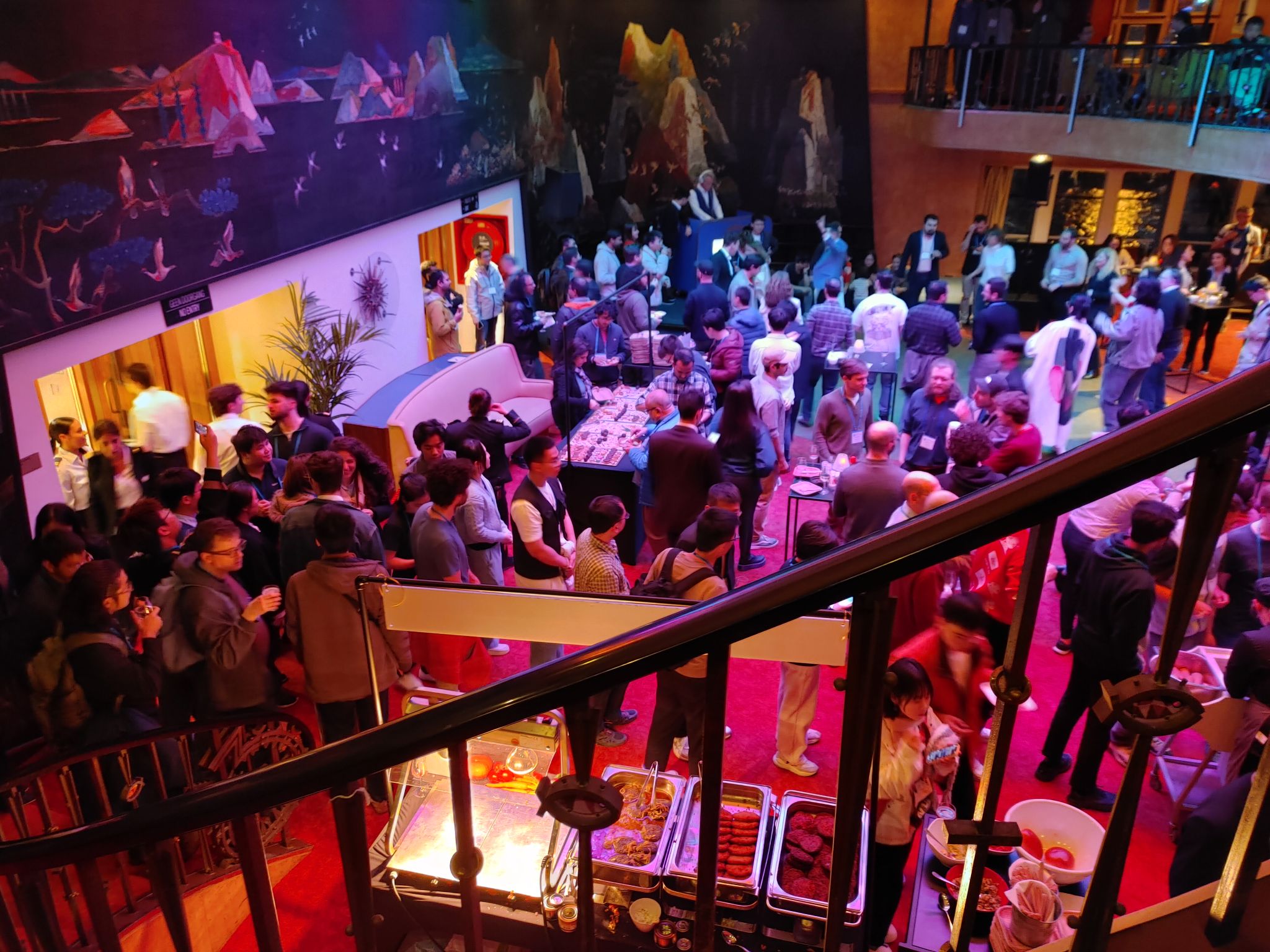
ASPLOS + EuroSys Banquet at SS Rotterdam – Photo #2
On the second evening of the main program, the community gathered for the official conference banquet, held in a beautiful riverside venue in central Rotterdam. The setting was elegant but relaxed, offering panoramic views of the city skyline and a much-needed opportunity to unwind after a full day of technical sessions. The banquet brought together senior faculty, early-career researchers, industry attendees, and students in an atmosphere that was equal parts celebration and reflection.
The final day of ASPLOS 2025 continued the momentum of the week, shifting toward more specialized and targeted research areas that reflect the growing depth and maturity of the field. Cloud computing and networking stayed a focus, with five sessions covering topics ranging from core cloud infrastructure to serverless systems and networking challenges in distributed environments. In parallel, memory and storage were explored in five additional sessions. EuroSys-led sessions addressed general storage architecture and performance, while ASPLOS-focused sessions examined more hardware-related topics such as PIM, advanced memory management techniques, and SSD-based optimizations.
AI remained a strong thread, with four sessions covering distinct areas, including LLM inference, training infrastructure, ML compilers, and LLM-specific training optimizations. In security, four sessions explored topics such as side-channel attacks, system trust, and a range of emerging security vulnerabilities and defenses. The day also included three talks on system reliability, with a dedicated session highlighting challenges in areas like fuzz testing and quantum error correction, alongside a broader session on general system reliability. The program also included a dedicated session on GPGPU systems and another potpourri session featuring a diverse mix of topics spanning the systems stack.
As the day progressed, however, the energy in the rooms began to shift. After lunch, a noticeable number of participants started departing, some heading to catch international flights, others wrapping up early after a packed week. As a result, afternoon sessions on the final day saw lighter attendance, even though the talks themselves remained strong and relevant. It’s a familiar rhythm at every conference, but one that always feels slightly at odds with the quality of the content still being delivered. Despite the quieter finish, the final day still offered meaningful insights and a space for valuable technical exchanges. The presenters delivered their work with clarity and engagement, and conversations continued, albeit in smaller groups, right up to the end of the program.
Epilogue
The city of Rotterdam was the perfect host for such a forward-looking event. Its iconic Cube Houses, bold modern architecture, and scenic riverside setting brought a refreshing contrast to the intensity of the conference. After the conference finished, I took time to explore the city, walking along the Nieuwe Maas River and enjoying peaceful moments on the quiet riverside paths just steps from the venue. The city’s mix of innovation and accessibility mirrored the tone of the conference itself: energetic, connected, and inspiring.
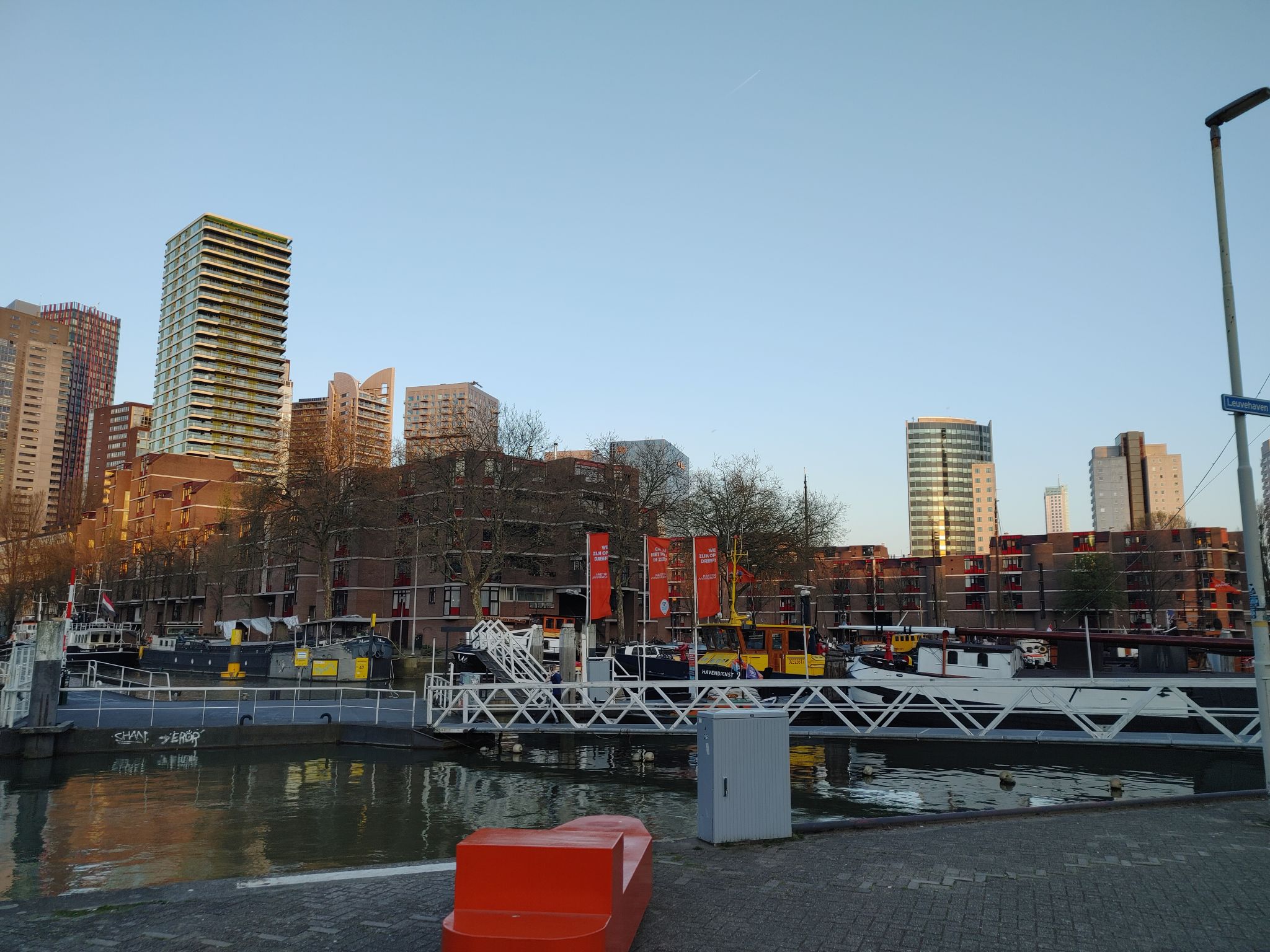
Rotterdam Scenery: Captured from Kraneschipbrug
Looking back, ASPLOS 2025 was much more than a joint event. It was a convergence of ideas, communities, and shared challenges. The co-location with EuroSys not only broadened the technical conversation but also deepened the sense of shared purpose in our community. The workshops and tutorials opened new doors, the keynotes challenged our assumptions, the main program showcased boundary-pushing research, and the banquet reminded us why this work matters in the long run.
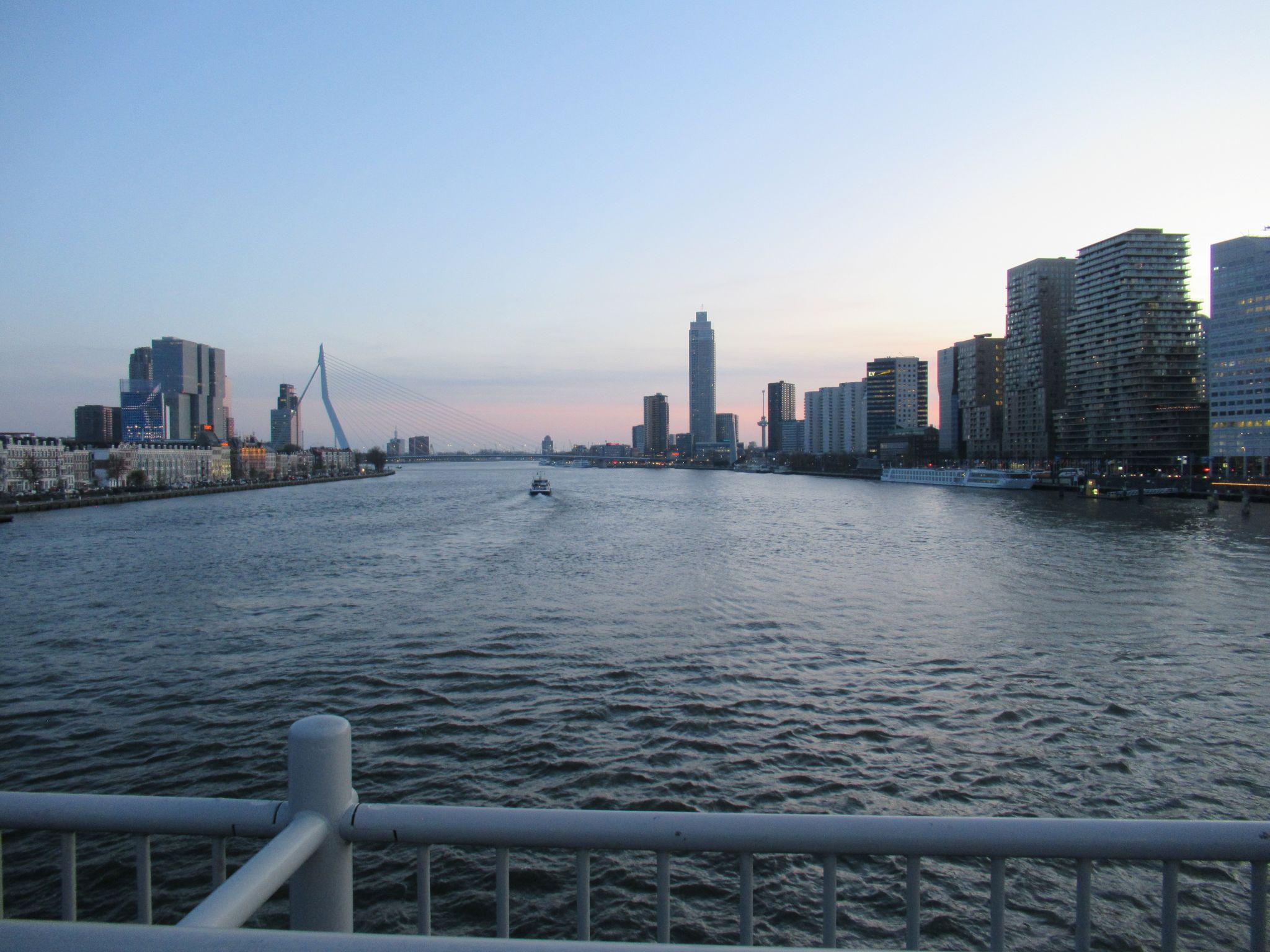
Rotterdam Scenery: Captured from Willemsbrug
I left ASPLOS 2025 feeling inspired, recharged, and deeply grateful for the people I met, the conversations shared, and the ideas sparked in both formal sessions and informal spaces. I’m carrying forward not just inspiration but momentum, and I look forward to seeing where this collective curiosity and innovation will take us next.
About the Author
Seunghee is an Assistant Professor at the State University of New York at Binghamton, where he teaches computer architecture. His research interests span computer systems and architecture, with a particular focus on cloud computing, general-purpose architecture, and hardware security.
Disclaimer: These posts are written by individual contributors to share their thoughts on the Computer Architecture Today blog for the benefit of the community. Any views or opinions represented in this blog are personal, belong solely to the blog author and do not represent those of ACM SIGARCH or its parent organization, ACM.
